Uncategorized
https://www.thenerdelement.com/2024/09/14/28251/
Good evening everyone! Today I want to discuss which picks I got correct and which ones I got wrong. So, let’s get started, shall we?! I predicted that the Bills would beat the Cards 31-27, but the final score was 34-28 Bills over the Cards. The Cards had some opportunities especially the play that Marvin Harrison Jr was wide open that would have been a touchdown. Kyler Murray missed him and he had only one catch for 4 yards. Everyone says that he needs to be more involved in the offense, and I agree. I predicted that the Cowboys would beat the Browns 27-20, but the final score was 33-17 Cowboys over the Browns. I predicted that the Lions would beat the Rams 31-17, but the final score was 26-20 Lions over the Rams in overtime. The Lions went down the field and scored a game-winning touchdown. I predicted that the 49ers would beat the Jets 23-17, but the final score was 32-19 49ers over the Jets. Aaron Rodgers did not look good and got spoiled.
I predicted that the Bengals would beat the Pats 24-17, but the final score was 16-10 Patriots over the Bengals. I predicted that the Broncos would beat the Seahawks 30-23, but the final score was 26-20 Seahawks over the Broncos.
Overall, I have gotten 4 out of 6 picks correct!! Now, let’s get to the NFL week 2 picks, shall we?! The first game I will predict is the 49ers @Vikings game. I think the Vikings will beat the 49ers 27-24. The next game I will predict is the Seahawks @Pats game. I think the Seahawks will beat the Pats 34-27. The next game I will predict is the Saints @Cowboys game. I think the Cowboys will beat the Saints 38-21. The next game I will predict is the Colts @Packers game. I think the Packers will beat the Colts 34-17. The next game I will predict is the Raiders @Ravens game. I think the Ravens will beat the Raiders 44-23. The next game I will predict is the Rams @Cardinals game, the divisional rivalries. Both of these teams are coming off with their losses last week. The Rams have had the Cards number for years and the Cards have not swept the Rams since 2014. With that being said I think the Rams will beat the Cards 23-20. I do think that Marvin Harrison Jr will get more touches. The next game I will predict is the Bengals @Chiefs game. I think the Chiefs will beat the Bengals 35-23. The next game I will predict is the Steelers @Broncos game. I think the Steelers will beat the Broncos 34-27. The next game I will predict is the Bears @Texans game on Sunday night football. I think the Texans will beat the Bears 28-21. The last game I will predict is the Falcons @Eagles game on Monday night football. I think the Eagles will beat the Falcons 38-17.
So, what do you guys think about the NFL week 2 picks?! I would love to hear your thoughts and comments are down below!
Stay tuned for NFL updates.
The post NFL Week 2 Picks and Week 1 Pick Updates. appeared first on The Nerd Element.

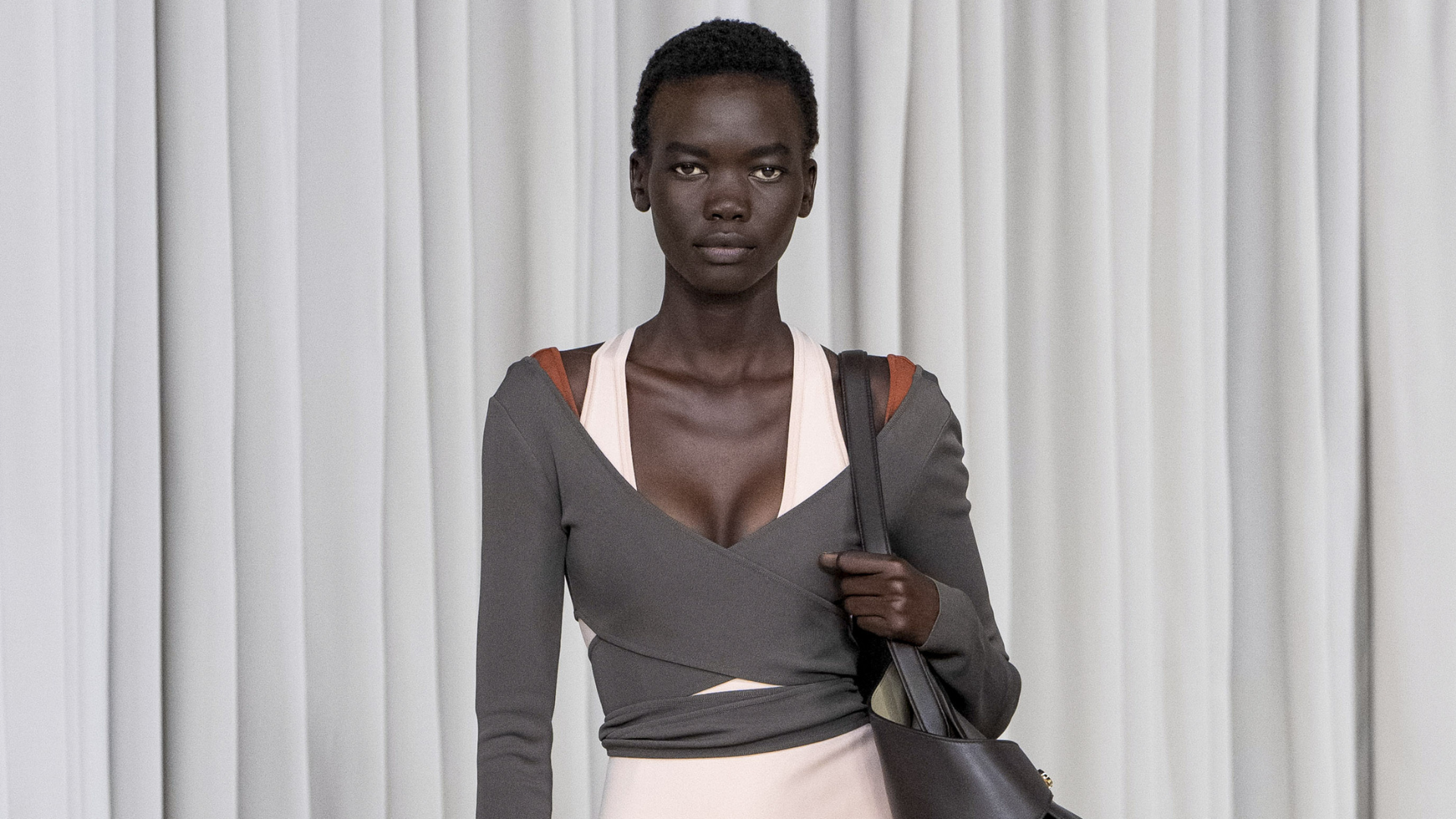
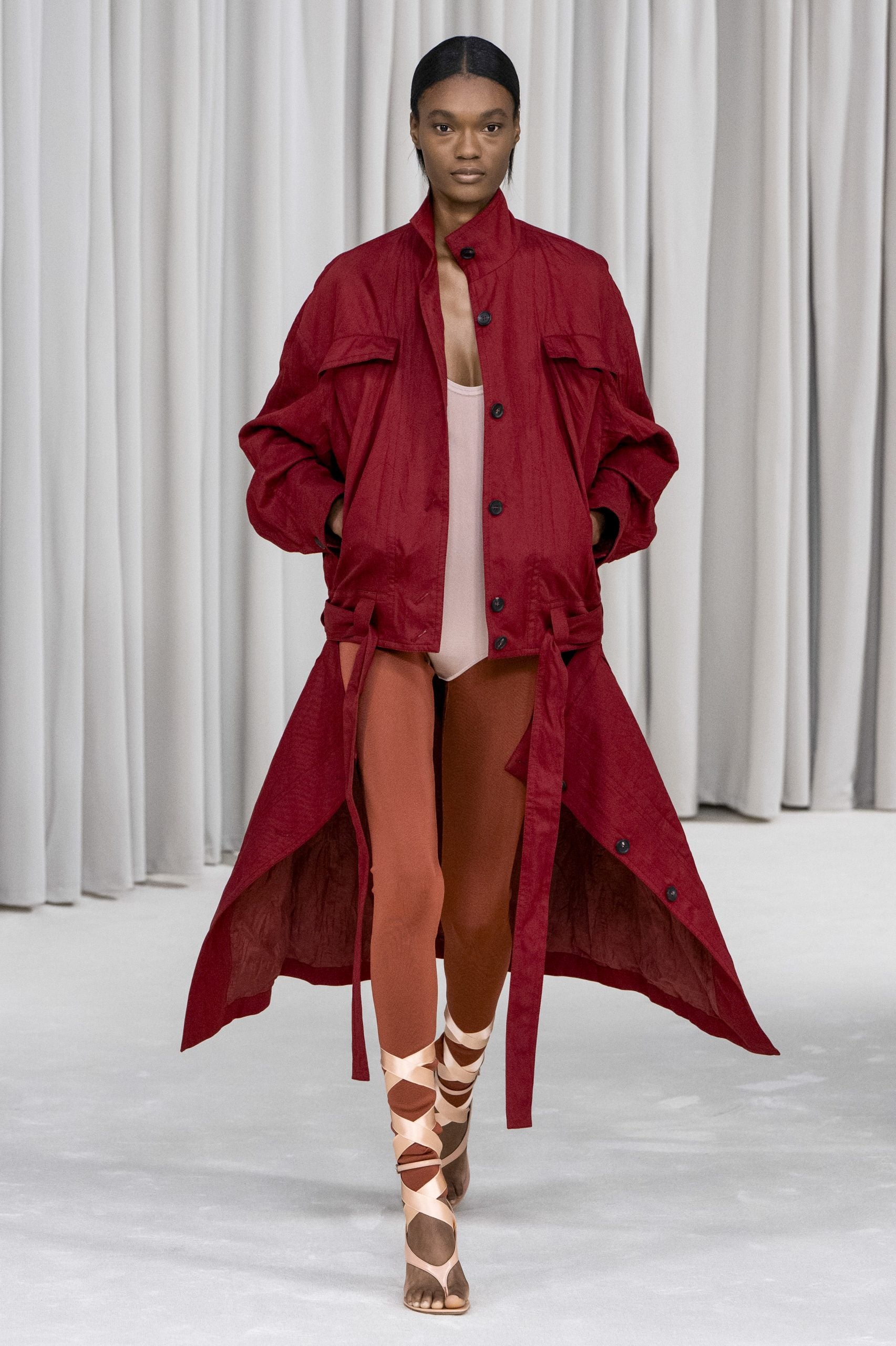 A model walks the runway during the Salvatore Ferragamo Ready to Wear Spring/Summer 2025 fashion show. (Photo by Victor VIRGILE/Gamma-Rapho via Getty Images)
A model walks the runway during the Salvatore Ferragamo Ready to Wear Spring/Summer 2025 fashion show. (Photo by Victor VIRGILE/Gamma-Rapho via Getty Images) 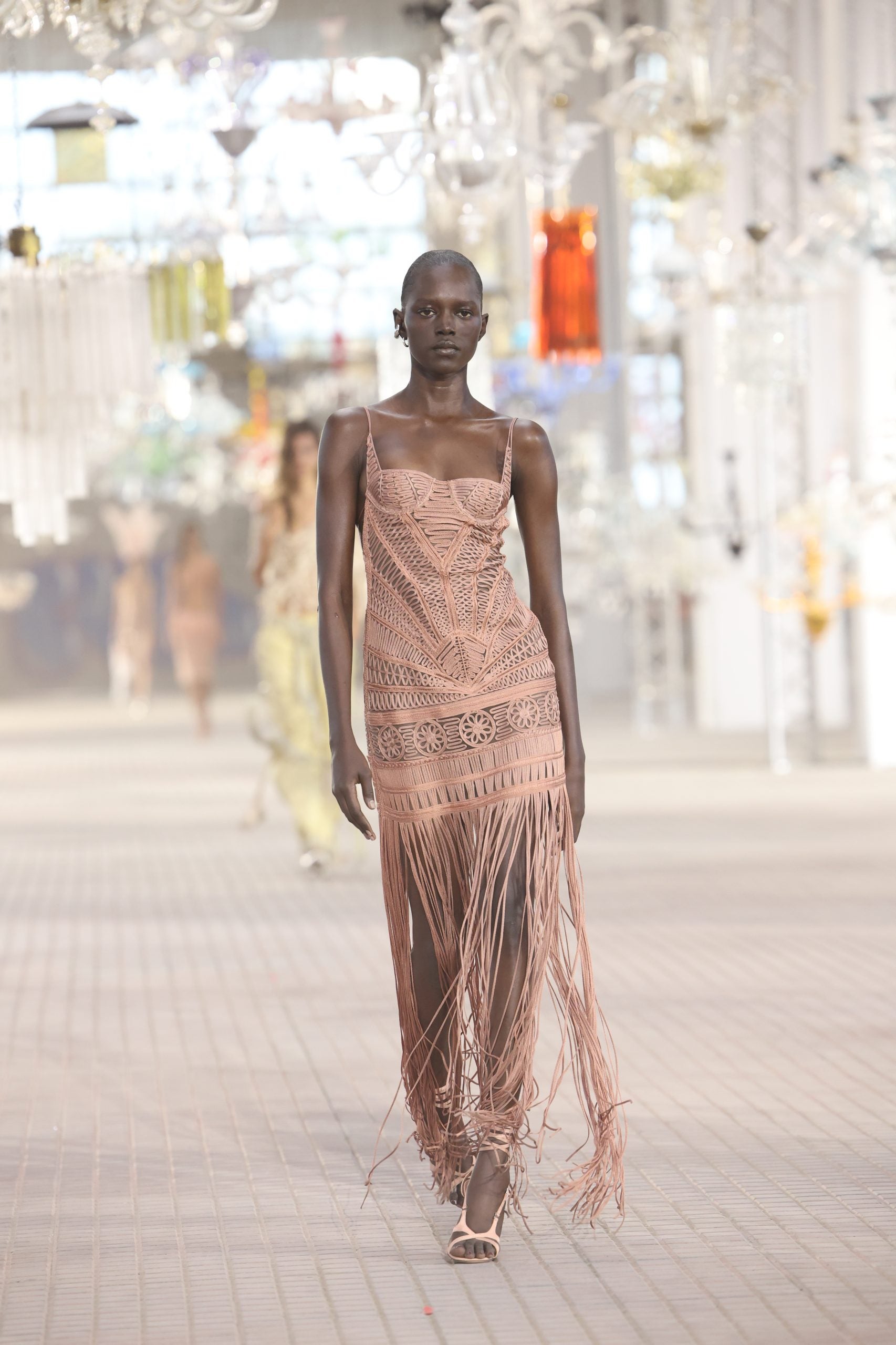 A model walks the runway at the The Attico fashion show during the Milan Womenswear Spring/Summer 2025 on September 21, 2024 in Milan, Italy. (Photo by Daniele Venturelli/WireImage)
A model walks the runway at the The Attico fashion show during the Milan Womenswear Spring/Summer 2025 on September 21, 2024 in Milan, Italy. (Photo by Daniele Venturelli/WireImage) 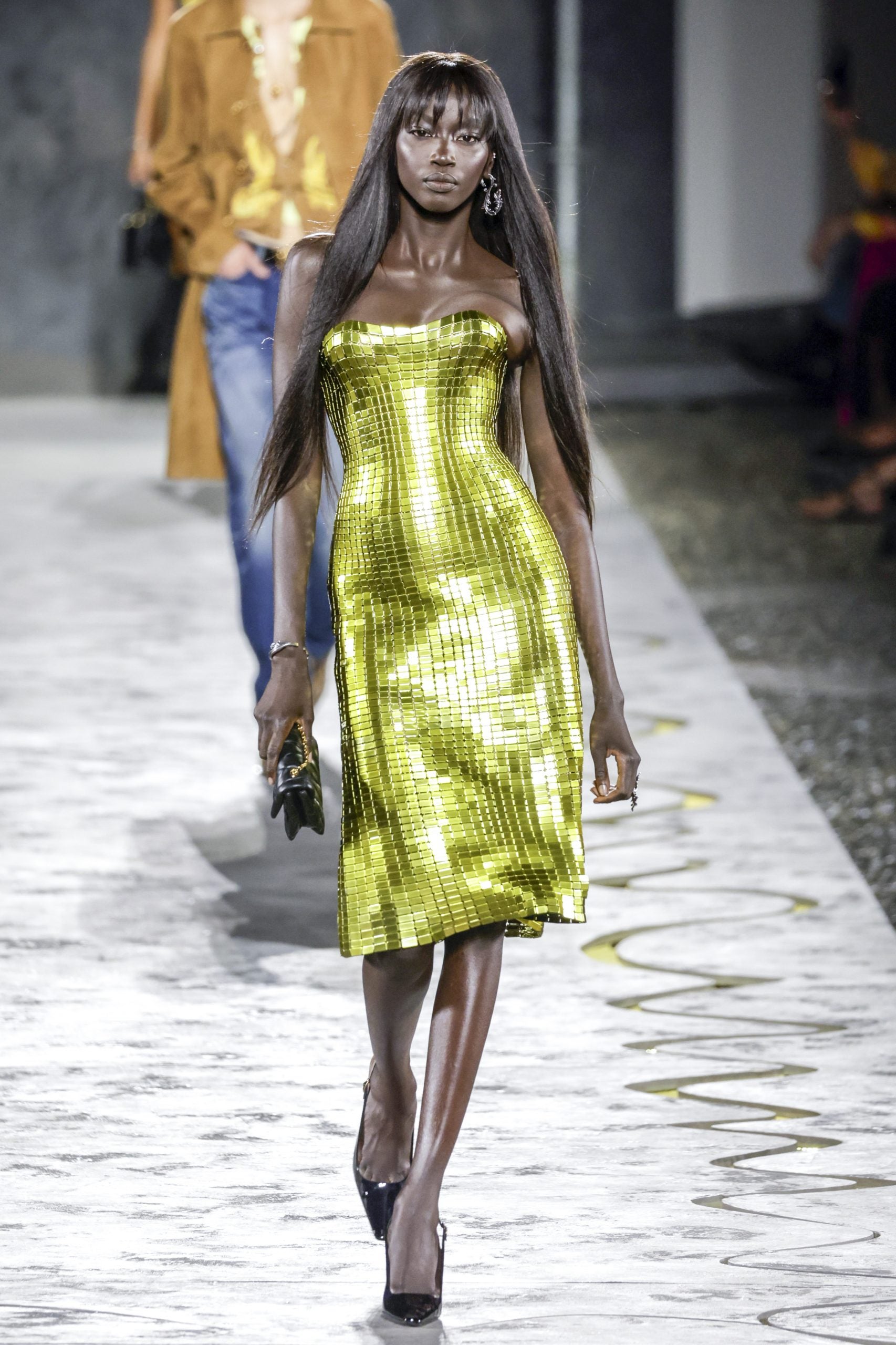 A model walks the runway during the Versace Ready to Wear Spring/Summer 2025 fashion show. (Photo by Victor VIRGILE/Gamma-Rapho via Getty Images)
A model walks the runway during the Versace Ready to Wear Spring/Summer 2025 fashion show. (Photo by Victor VIRGILE/Gamma-Rapho via Getty Images) 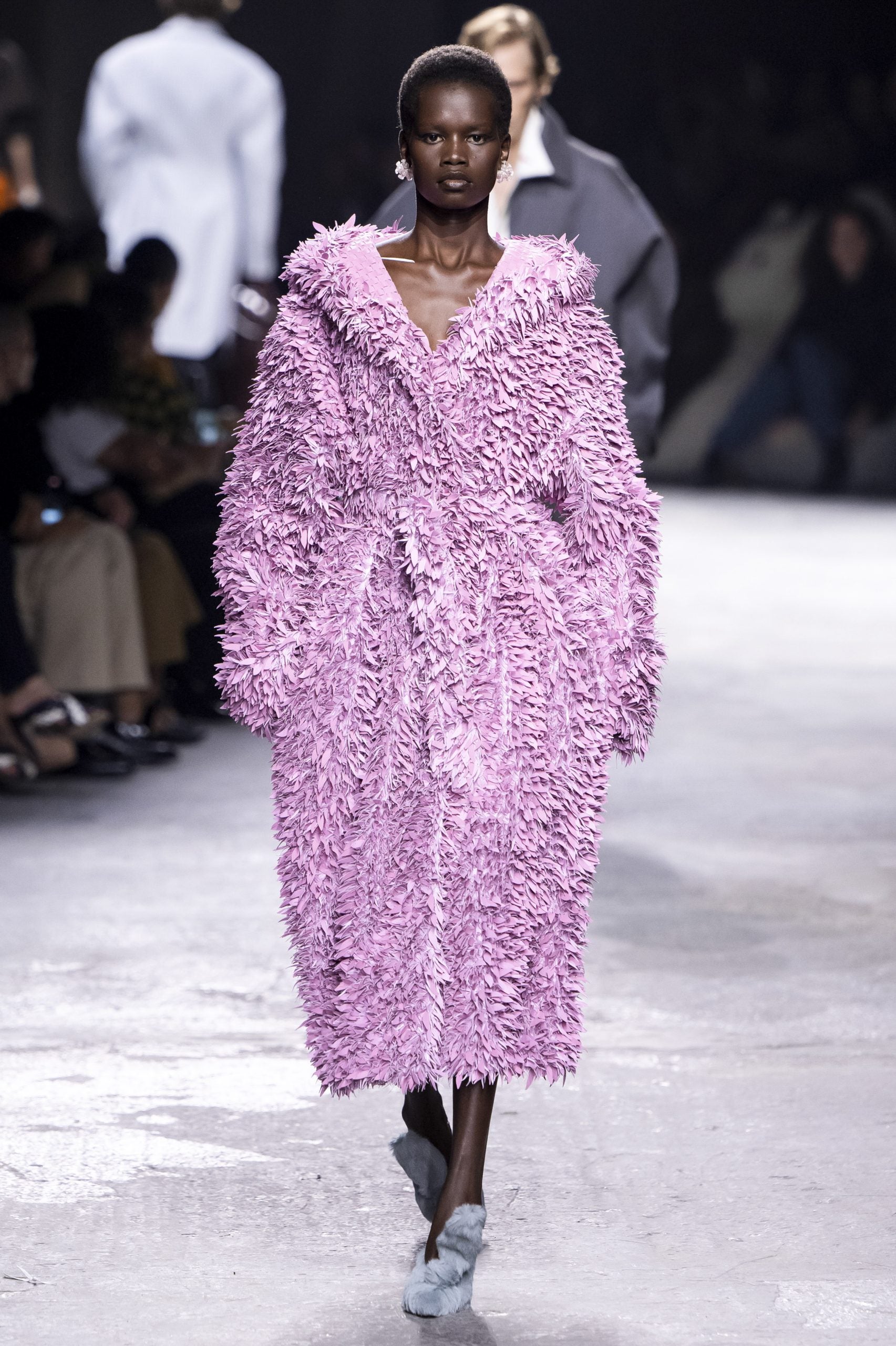 A model walks the runway during the Bottega Veneta Ready to Wear Spring/Summer 2025 fashion show. (Photo by Victor VIRGILE/Gamma-Rapho via Getty Images)
A model walks the runway during the Bottega Veneta Ready to Wear Spring/Summer 2025 fashion show. (Photo by Victor VIRGILE/Gamma-Rapho via Getty Images) 


